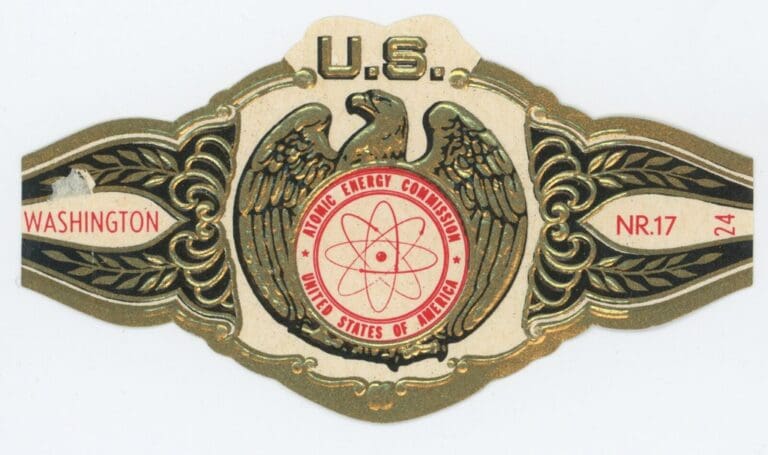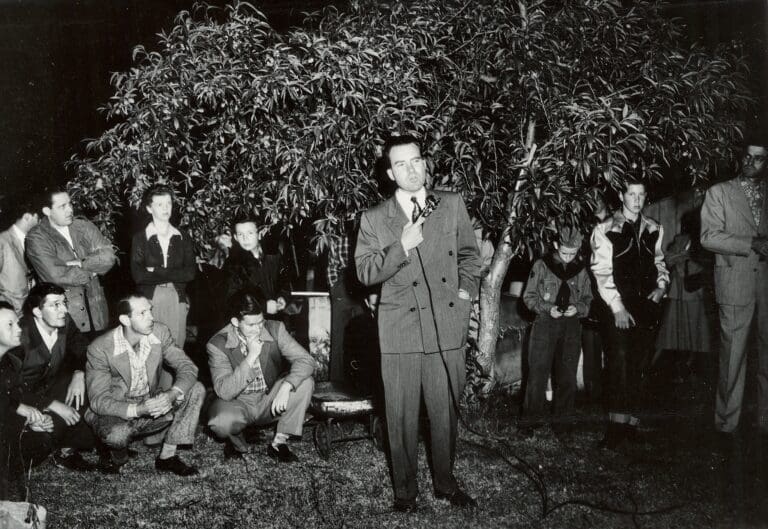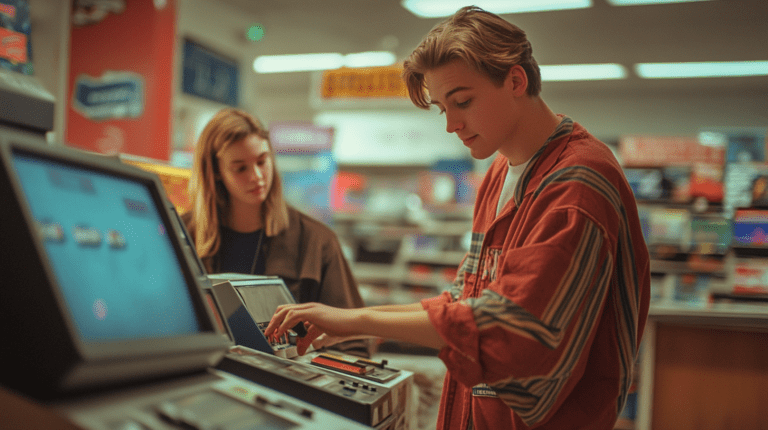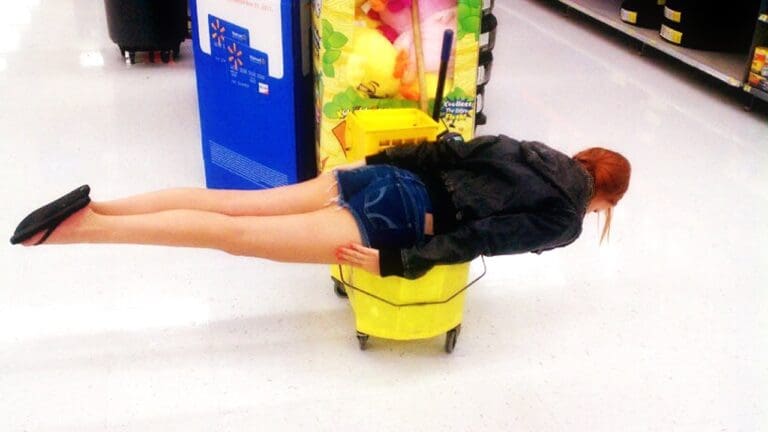Navigating the constantly shifting landscape of online trends can be both entertaining and daunting. As we look back on the 2010s, it’s fascinating to observe how certain phenomena captured our collective attention, only to later become emblematic of a bygone era.
This list explores various trends from that decade which, despite their initial allure, have since been relegated to the realm of internet history, evoking a sense of nostalgia or, occasionally, a slight cringe.
15. Posting daily Facebook status updates about mundane activities

Constantly updating your Facebook status with trivial details of your day was once a common practice. Now, such behavior is seen as attention-seeking and oversharing. People prefer more curated content on social media, reserving personal updates for close friends or private messaging apps. Excessive posting is now considered cringe-worthy and may even lead to social media fatigue.
14. Using “on fleek” to describe perfect eyebrows
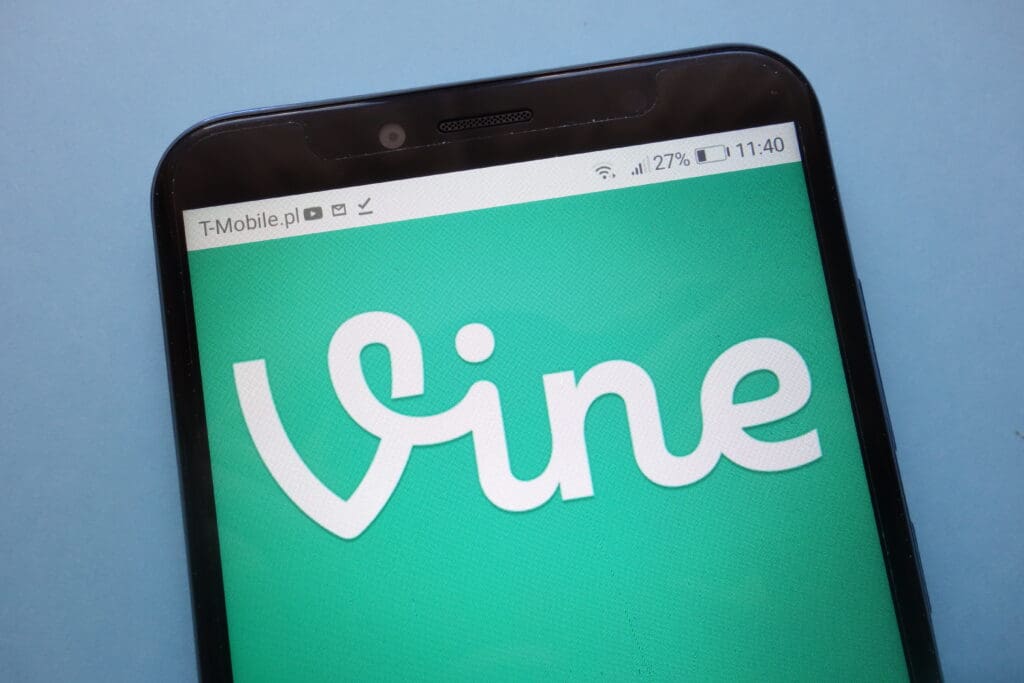
The phrase “on fleek” gained popularity in 2014 after a Vine video by Kayla Newman went viral. It quickly became the go-to term for describing impeccably groomed eyebrows. However, its overuse in social media and corporate marketing led to its rapid decline. Today, using “on fleek” might reveal you as an out-of-touch Millennial or make you sound dated.
13. Wearing statement necklaces with every outfit

Statement necklaces were a major jewelry trend in the mid-2010s, adorning necklines with bold, chunky pieces. While they added drama to outfits, their overuse quickly became dated. Today, more delicate and minimalist jewelry styles are preferred, making statement necklaces feel outdated and cringe-worthy in most casual settings.
12. Doing the “Don’t Judge Challenge” on social media

In 2015, the “Don’t Judge Challenge” went viral on social media, with teens posting videos of themselves transforming from “ugly” to “beautiful.” Despite its intention to combat body shaming, the trend faced backlash for reinforcing beauty stereotypes and mocking people’s appearances. Today, such challenges are seen as insensitive and counterproductive to promoting body positivity.
11. Using Snapchat’s rainbow vomit filter
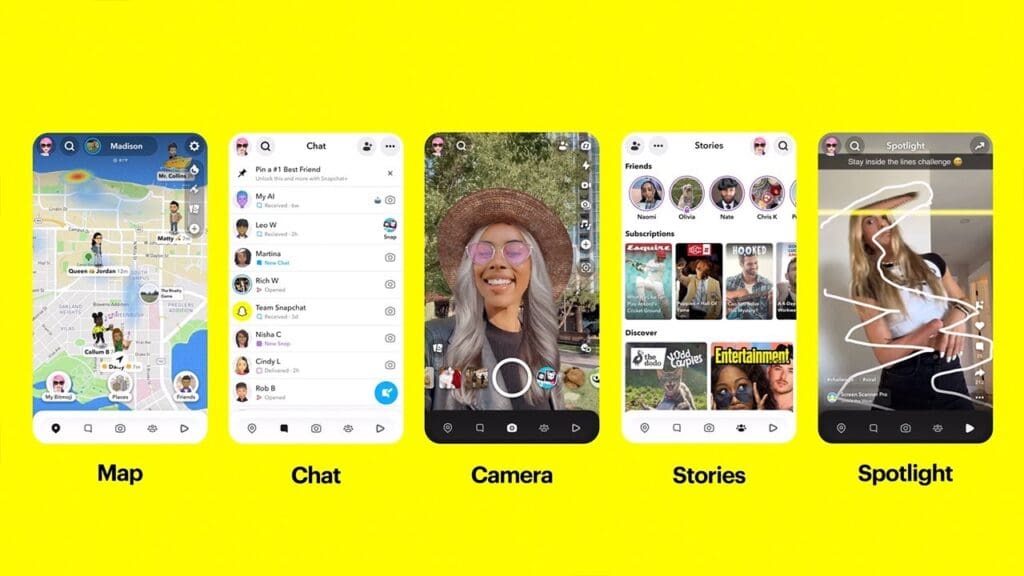
In 2015, Snapchat’s rainbow vomit filter took the world by storm. Users couldn’t get enough of the quirky lens that made them appear to be puking rainbows. When Snapchat temporarily removed it, there was public outrage. Today, using such over-the-top filters is considered passé and even cringe-worthy by many social media users.
10. Posting Harlem Shake videos
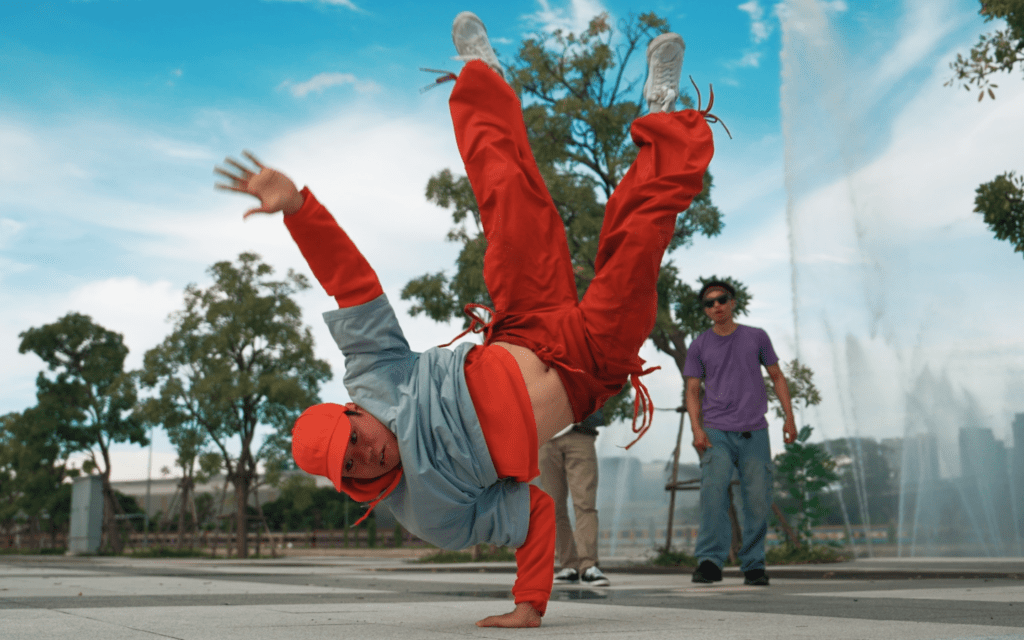
The Harlem Shake meme exploded in early 2013, with thousands of videos uploaded daily. Groups would dance wildly to Baauer’s song, often in costumes. While it briefly dominated social media and even impacted music charts, the trend now feels dated and embarrassing to many who participated.
9. Obsessing over the color of “The Dress”
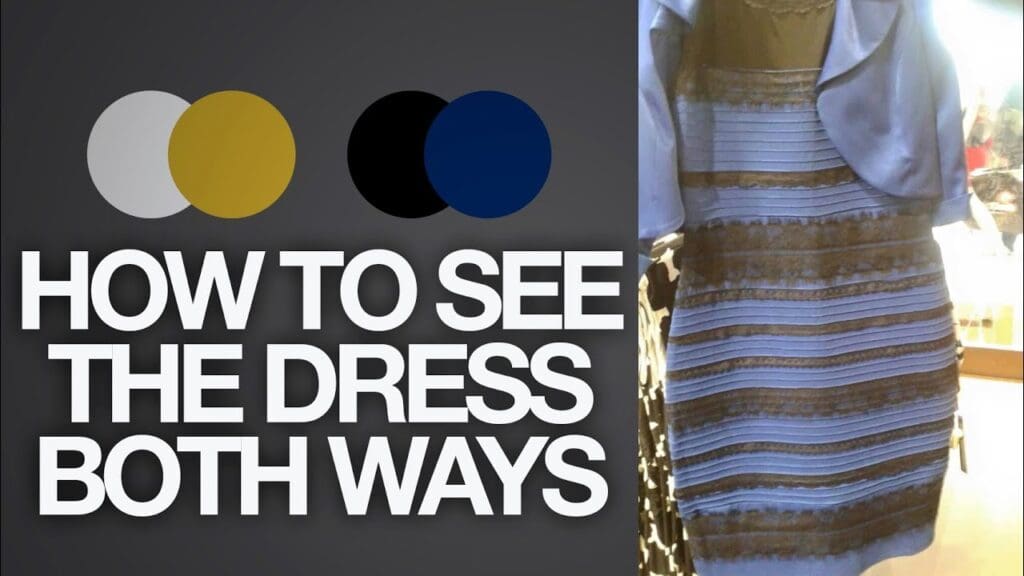
In 2015, a viral photo of a dress sparked global debate over its colors. People fiercely argued whether it was blue and black or white and gold, dividing the internet. Today, such intense focus on a trivial optical illusion seems absurd. The phenomenon revealed fascinating insights into human color perception but is now viewed as a quaint relic of mid-2010s internet culture.
8. Wearing flower crowns to music festivals

Once a ubiquitous accessory at Coachella and other outdoor festivals, flower crowns have fallen out of fashion. What was seen as a bohemian symbol of youth and freedom is now considered overdone and cliché. Today’s festival-goers opt for more subtle, personalized accessories to express their style.
7. Using “YOLO” unironically

The acronym “YOLO” (You Only Live Once) was a popular catchphrase in the early 2010s, often used to justify reckless behavior. Today, using “YOLO” unironically is considered cringe-worthy and outdated. The term has largely fallen out of favor, replaced by more current slang expressions.
6. Participating in the Ice Bucket Challenge

The ALS Ice Bucket Challenge went viral in 2014, raising over $220 million worldwide for ALS research. While it successfully increased awareness, the trend of dumping ice water on oneself for social media attention now seems performative and wasteful. Today, more sustainable forms of activism are preferred.
5. Doing the “Whip and Nae Nae” dance
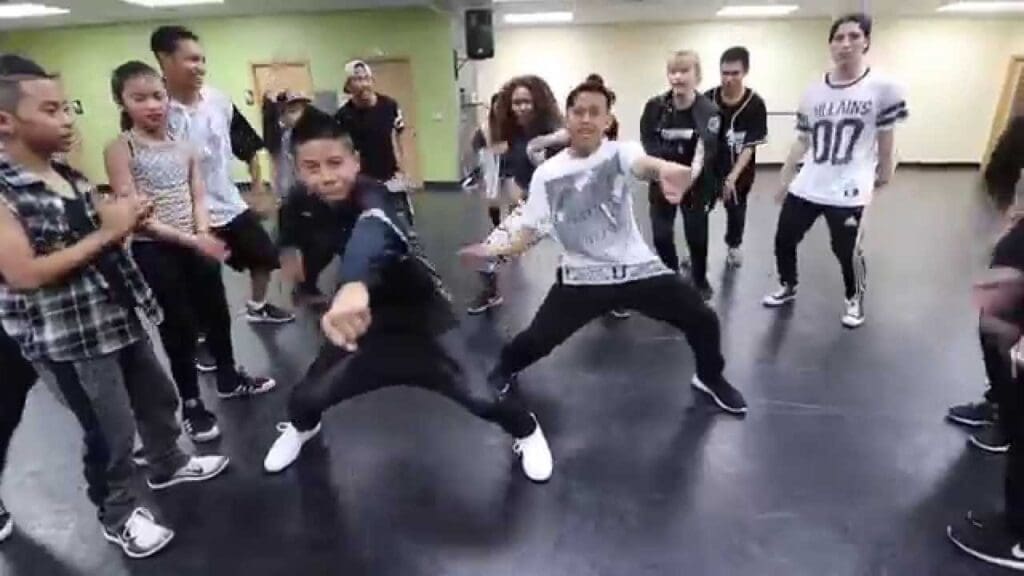
The “Whip and Nae Nae” dance, popularized by Silentó’s 2015 hit “Watch Me,” was once a viral sensation. Today, attempting this dance move is likely to elicit eye rolls rather than enthusiasm. The dance’s rapid rise and fall from popularity demonstrates how quickly internet trends can become outdated in our fast-paced digital culture.
4. Taking selfies with a selfie stick

Once a must-have travel accessory, selfie sticks are now considered passé. While they peaked in popularity around 2015, many tourist attractions have since banned them. Today, smartphone cameras with wide-angle lenses and timer functions have made selfie sticks obsolete, relegating them to the realm of outdated gadgets.
3. Wearing low-rise jeans
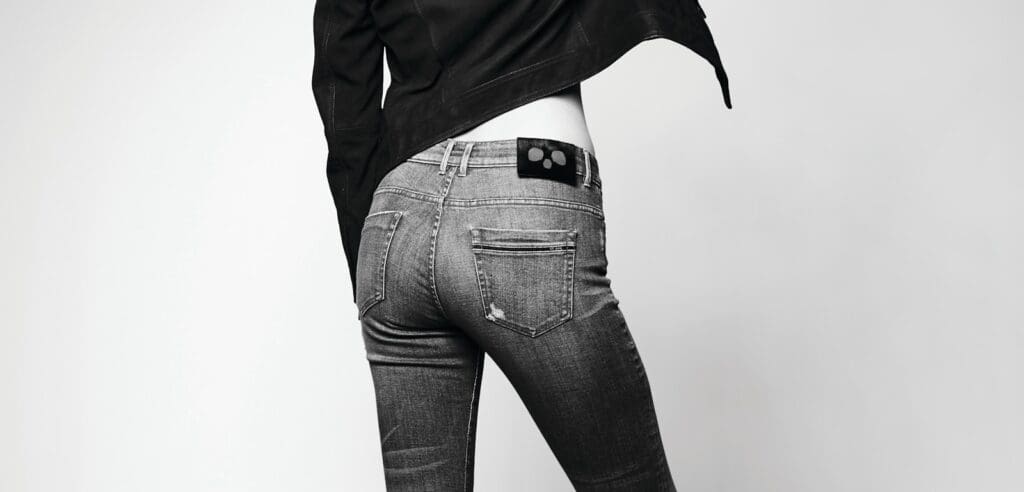
Low-rise jeans, once a staple of early 2000s fashion, have fallen out of favor. The trend peaked around 2015 but has since been replaced by high-waisted styles. Today, ultra-low-rise jeans are often seen as unflattering and impractical, with many preferring more comfortable and versatile options that suit diverse body types.
Read More: 10 Fashion Trends to Look Out for in 2024/2025
2. Overusing hashtags on social media

Excessive hashtag use, once a trendy way to boost post visibility, is now considered tacky and ineffective. Studies show engagement rates decline after using more than two hashtags. Today, strategic use of one or two relevant hashtags is preferred for better readability and impact. Brands and users alike have shifted towards more organic, conversation-driven content strategies.
Read More: How Social Media is Driving Anxiety Among Teens
1. Planking in public places
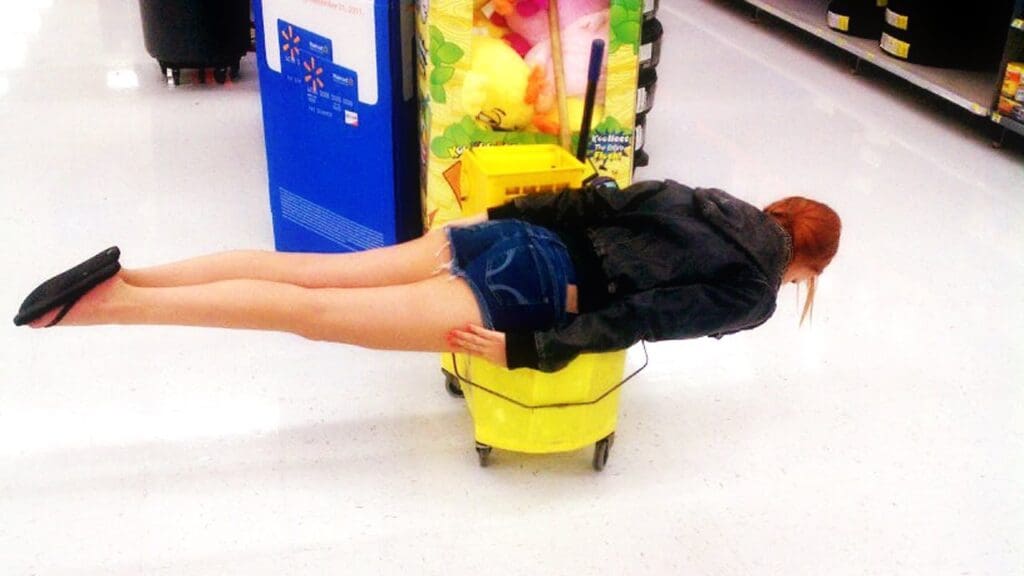
Planking, the act of lying face-down in unusual locations, was a viral sensation in 2011. People would photograph themselves planking on cars, railings, and even dangerous spots. Today, this trend is seen as cringeworthy and potentially hazardous. The fad fizzled out after safety concerns and a tragic death in Australia.
Read More: Workers are Recording and Posting Their Layoffs Online. Is This Wise?



